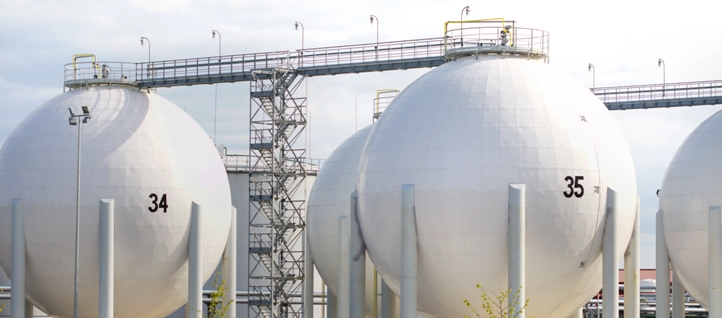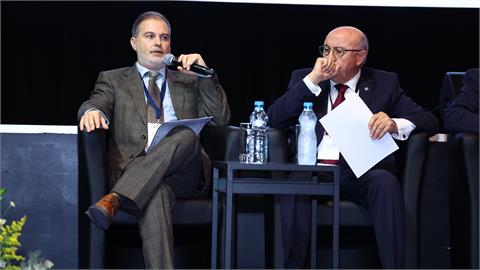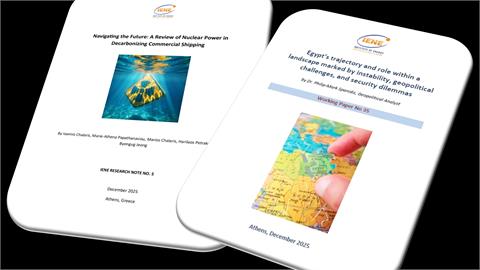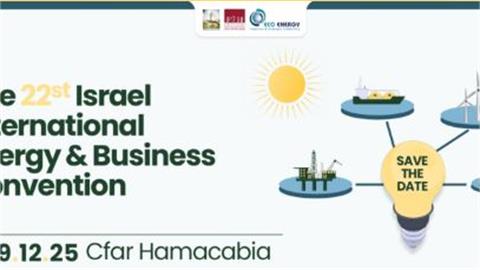In the context of European Commission’s public consultation on the European Union’s strategy, now under formulation, on LNG and gas storage, the Institute of Energy for SE Europe put forward a number of ideas and proposals. These focused on the need to expand underground gas storage in SE European countries and also underlined the role of LNG both from a supply and storage viewpoint. Below is a summary of the two documents which were submitted last week (September 30, 2015) to DG Energy as part of this consultation
In the context of European Commission’s public consultation on the European Union’s strategy, now under formulation, on LNG and gas storage, the Institute of Energy for SE Europe put forward a number of ideas and proposals. These focused on the need to expand underground gas storage in SE European countries and also underlined the role of LNG both from a supply and storage viewpoint. Below is a summary of the two documents which were submitted last week (September 30, 2015) to DG Energy as part of this consultation.
EU Strategy for LNG
In view of latest market developments and company plans there is no doubt that over the next 4-5 years the role of LNG will be significantly strengthened, mainly in the southern Balkans and Turkey. The storage capacity of the LNG tanks will double, which means that larger LNG quantities could be channeled into the region’s natural gas networks. Both the increase in tank storage and the much greater gasification capacity of the LNG terminals, will greatly enhance the operational security of both national gas systems in Greece and Turkey, contributing at the same time to security of supply of neighbouring countries (Bulgaria, FYROM, Serbia). The LNG could thus contribute a 30-35% towards the domestic gas consumption in countries like Greece and Croatia. Moreover, LNG could be transported through Greece and Croatia to the rest of SE Europe via interconnectors and further on to other countries including Hungary, Moldova and Ukraine. In this respect the role of Greece and Croatia in the liquefied natural gas market of Southeast Europe will become pivotal in the near future especially after the implementation of two liquefied natural gas terminals to be operating by 2020 – 2022 (FSRU in north Greece, LNG terminal in the island of Krk) and the second upgrade phase of Revythoussa LNG terminal. These investments are expected to strengthen the role of Greece and Croatia as transit countries helping to feed the region with gas, via the various gas interconnectors, and the proposed Vertical Corridor (See IENE’s study "The Vertical Corridor, from the Aegean to the Baltic”, May 2015).
Furthermore, the new LNG capacity to be developed in Greece, either in northern Greece or through the upgrade of the LNG terminal in Revithousa island, will provide flexibility to the countries participating in the Vertical Corridor, offering them the option of spot gas trading, which is not feasible through the existing status of largely contracted quantities of pipeline gas.
EU Strategy for Gas Storage
As far as the gas storage is concerned, the doubling of storage facilities is planned in Europe in the long term. There are many European countries that want such a development, for different reasons, such as energy security. The need for additional gas storage capacity becomes even more evident considering predictions that Europe will increase its dependence on imported gas to 70% by 2030. The gas consumption in Europe, up to 2030, is estimated to reach 640 billion cubic meters (bcm), while imports and storage capacity are estimated to rise to 490 and 140 bcm respectively. Regarding to the new underground facilities, most are planned in Britain, Germany and Italy. However, countries of SE Europe are expected to be active in the coming years, developing some new gas storage facilities. In the region of SE Europe, there is a clear intention for further gas storage infrastructure to be developed. At least six countries in the region (Bulgaria, Croatia, Romania, Turkey, Serbia and Greece) are planning to build new facilities in the near future, considering the importance of gas storage sites. The region’s total gas storage capacity is expected to exceed 23 bcm over the next few years. The need for additional storage capacity becomes even more evident, considering the predictions that Europe will increase both the consumption of natural gas (gas demand is estimated to reach 640 bcm in 2030) and its dependence on imported gas (70% by 2030).
The above considerations stressed the importance of SE Europe’s energy strategy as a pivotal component of EU energy policy in order to achieve an energy-efficient Europe and to build a truly pan-European integrated energy market with the highest level of safety and security. The full documents of IENE’s contribution to EC Public Consultation can be found at https://ec.europa.eu/energy/en/consultations/consultation-eu-strategy-liquefied-natural-gas-and-gas-storage




